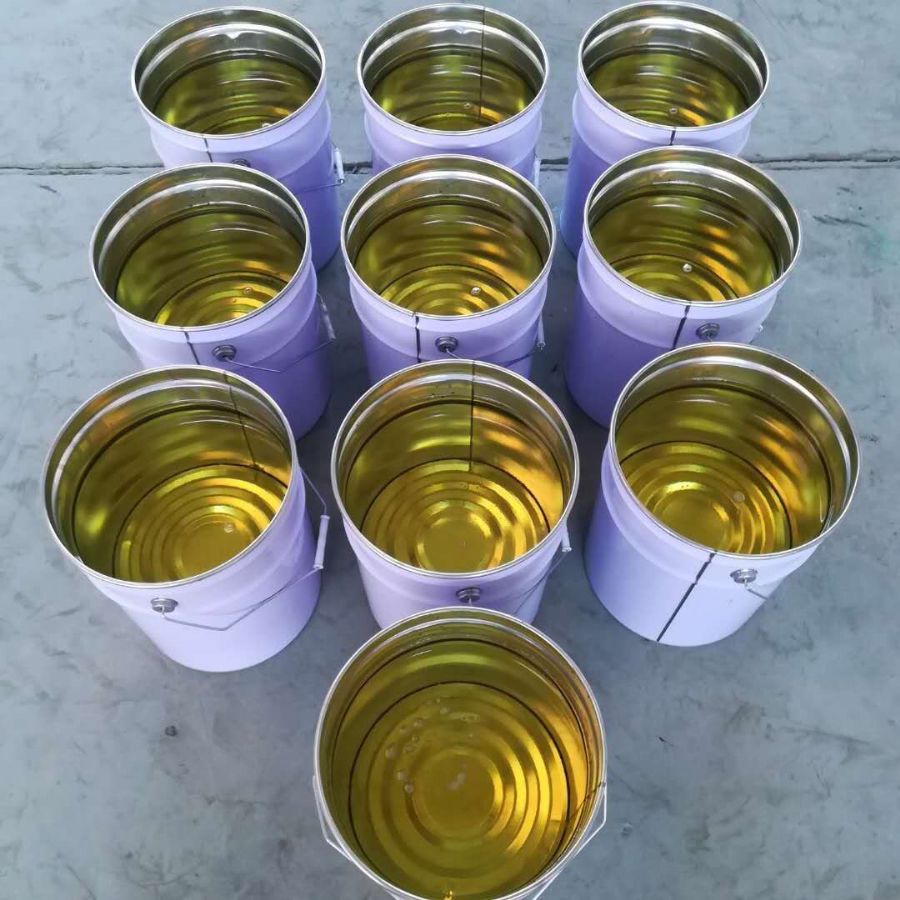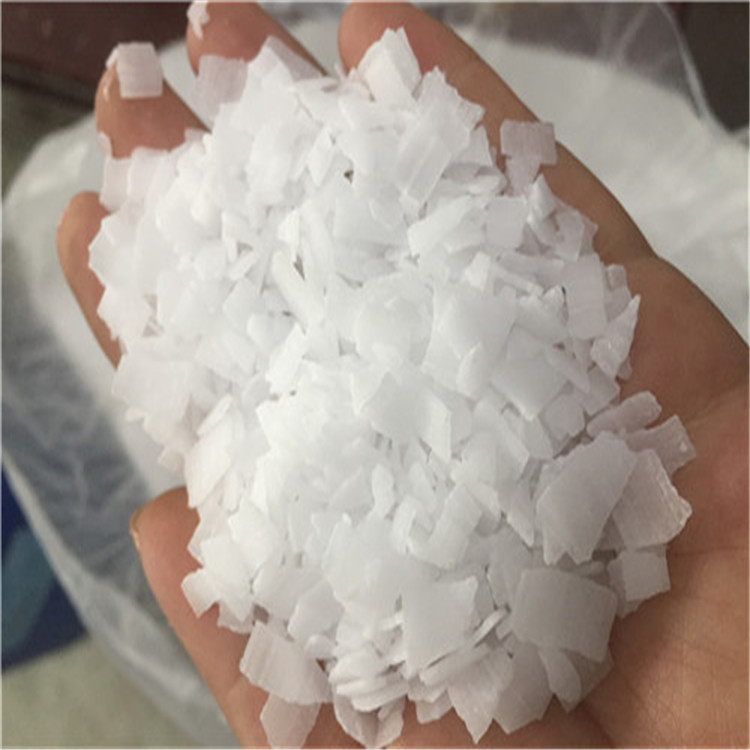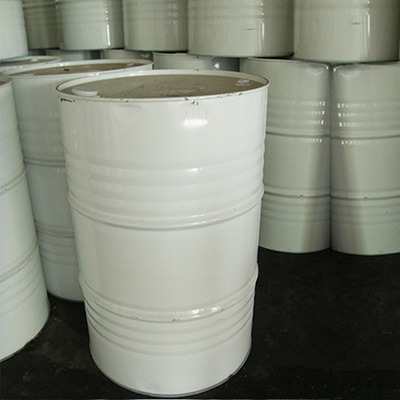Novolac epoxy resin is formed by the reaction of novolac resin (Novolac) and epichlorohydrin in the presence of NaOH. Commonly used phenolic epoxy resins include the following.
(1) Phenolic epoxy resin.
(2) O-cresol epoxy resin.
(3) Bisphenol A-type novolac epoxy resin.
1. Application of copper plates:
Phenolic epoxy resin. Phenolic epoxy resin is generally not used alone, but is added to bisphenol A-type epoxy resin. Use it to improve the heat resistance and dimensional stability of your product. The addition amount of phenolic epoxy resin is generally 20%-30% of bisphenol A epoxy resin.
Compared with the traditional bisphenol A-type epoxy resin system, the resin system adding multifunctional epoxy resin has similar process conditions during the hot pressing process. As the amount of multifunctional epoxy resin increases, the amount of curing accelerator should be appropriately reduced.

2. Application of temperature-resistant adhesive.
Adhesives based on phenolic epoxy resin have good adhesion to metal substrates and excellent mechanical properties. It has long been used as a structural adhesive in the aerospace industry. Modification of phenolic epoxy resin can improve the high temperature resistance of this adhesive.
3. Application of phenolic epoxy vinyl resin.
Apply to ink.
4. Application of phenolic epoxy coating.
The epoxy group function of phenolic epoxy resin is greater than 2, and the epoxy group function of ordinary bisphenol A epoxy resin is greater than 2. Therefore, the cross-linking density and anti-corrosion ability of phenolic epoxy coatings are greater than those of bisphenol A epoxy coatings. Phenolic epoxy coatings are cured using amine curing agents. The fully cured coatings have good corrosion resistance, chemical resistance, heat resistance (including heat resistance to electrolytes) and wear resistance, and are widely used in mud tanks, sewage tanks, and storage tanks. Anti-corrosion systems with high chemical resistance and temperature resistance requirements such as inner walls and chemical-resistant linings.

Phenolic epoxy resin is one of the three general thermosetting resins and is widely used in mechanical electronics, aerospace, transportation, construction and other fields. As environmental protection requirements become increasingly urgent and stringent, the application of traditional solvent-based epoxy resins has been greatly restricted. In order to solve this problem, since the 1970s, people began to research water-based epoxy resin systems with environmentally friendly properties. The water-based modification method of epoxy resin can be divided into two categories: emulsifier method and chemical modification method. The emulsifier addition method is to disperse the epoxy resin in water to form a stable aqueous emulsion by adding a certain amount of emulsifier and emulsifying through ultrasonic oscillation, high-speed stirring or homogenizer. Emulsification systems generally have difficulty achieving ideal storage stability.
At the same time, due to the use of more emulsifiers, most of these emulsifiers will eventually remain in the curing agent, which affects the mechanical properties, water resistance and resistance of the curing agent. The solvent properties are worse than those of solvent type. The chemical modification method mainly introduces polar groups by opening epoxy groups, causing grafting reactions through free radicals, and introducing polar groups into the epoxy resin molecular chain to make the epoxy resin water-soluble or water-dispersible. However, the ring-opening reaction will cause the modified resin to lose some reactive epoxy groups, so it is only suitable for the modification of multifunctional group (f>2) epoxy resin. Otherwise, it will be difficult for the modified material to form a highly cross-linked structure, and the cured material will have poor performance.

The grafting reaction generally involves dissolving the epoxy resin in a solvent, adding acrylic monomers (such as methacrylic acid, acrylic acid, etc.) and initiators. The transfer makes methylene-CH2 (or CH) an active point, causing the polymerization of acrylic acid monomers. Although the epoxy group is not theoretically destroyed, the grafting reaction and the self-polymerization of acrylic acid monomers are competing reactions, and the grafting rate is difficult to achieve. Controlled, acrylic hydroxyl groups can also react with epoxy groups at appropriate temperatures. It can be seen that the grafting reaction process is complex and the product structure is difficult to control. Select phenolic epoxy resin F-51, use a certain amount of diethanolamine to react with a small amount of epoxy groups of F-51 resin molecules to introduce hydrophilic groups, so that each resin molecule retains as much as possibleThe large number of epoxy groups on the one hand makes the resin water-soluble or water-dispersible, and on the other hand retains a considerable amount of epoxy groups to achieve a reasonable balance between the hydrophilicity and reactivity of the modified resin, overcoming the contradiction between the two in the modification method. , has good application value.
Compared with bisphenol A-type epoxy resin, phenolic epoxy resin contains more than 2 epoxy groups in its molecular structure and has a high cross-linking density after curing. , the product’s heat resistance, solvent resistance, chemical resistance and dimensional stability will be relatively improved. However, the brittleness of the product will increase and the adhesion to the copper foil will also decrease.
Novolac epoxy resin is a multi-functional epoxy resin because its molecular structure contains more than 2 epoxy groups.
O-cresol epoxy resin is basically the same as phenol-formaldehyde epoxy resin, but has a methyl group in the ortho position, which is superior to the former in terms of water resistance and melt viscosity. .
Compared with traditional phenolic epoxy resin, bisphenol A-type phenolic epoxy resin not only has higher heat resistance, but also has a Tg of 224°C after curing , has good comprehensive performance.

 微信扫一扫打赏
微信扫一扫打赏

